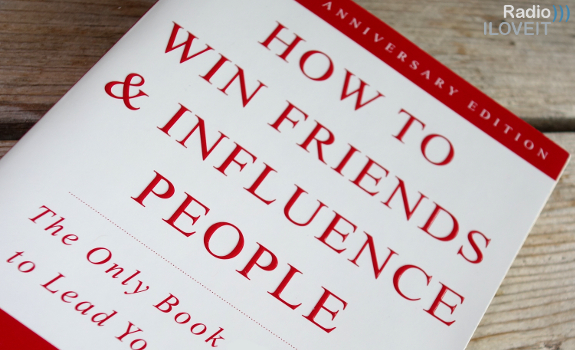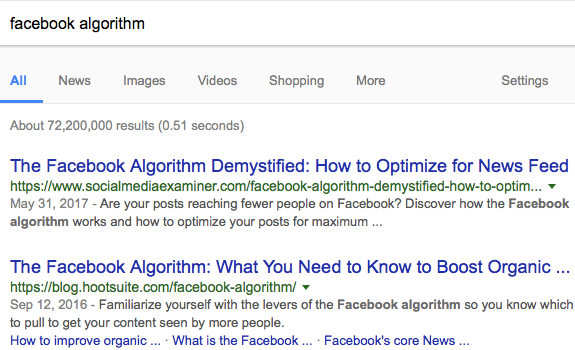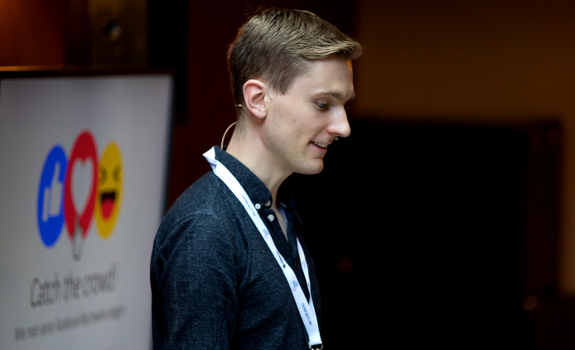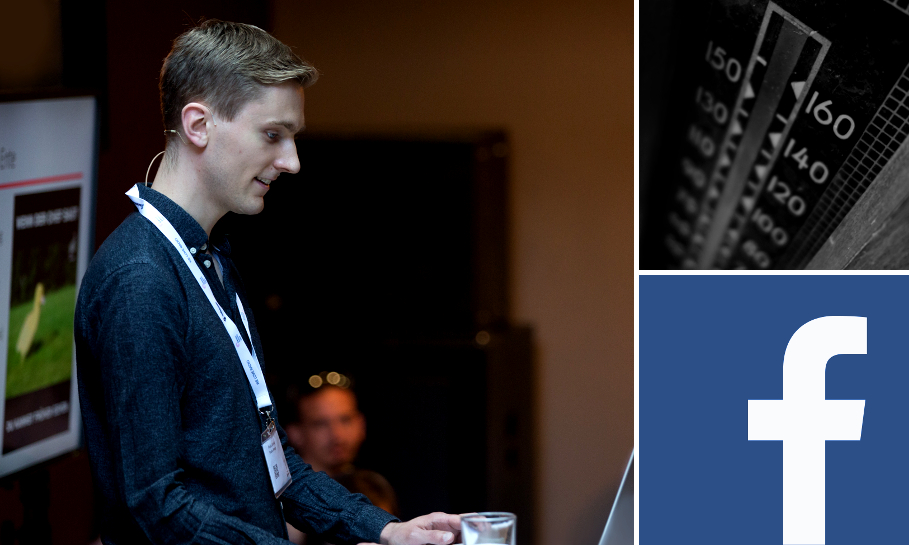Make your Facebook page more popular, and have your Facebook posts go viral, using methods & tools that go beyond click baits and cat videos.
After showing examples of unsuccessful vs. successful Facebook posts of radio stations (part 1), ENERGY Switzerland lead editor for social media, Felix Unholz, shared tips to increase the popularity & engagement of your radio station’s Facebook page during his presentation at SwissRadioDay 2017. Why sharing is caring (about yourself), and why outbound links don’t work. “The algorithm rules.”
“We also want intelligent people to share our content”

Social media influencers are often smart people you want to have as friends (image: Thomas Giger)
Increase your Facebook ‘virality’
“Viral hits are calculated luck at best”, he says about the fact that very popular posts are but a fraction of a social media channel’s output. Data from his ENERGY Switzerland’s Facebook pages indicate that about “2 percent of all posts make for 1/3rd of all interactions”, and he sees a similar pattern at other fan pages on the world’s biggest social network. “An analysis of 500 posts shows that most aren’t going viral, and are shared about 8 times on average.” He points out that people have liked more Facebook pages than they see in our feed; they only see posts from pages with which they, or their friends, are interacting.” To make a post go viral, you therefore want to get a lot of likes, but mainly a lot of shares. You want to create Facebook content that is shareable.
Understand your audience’s psychology
How to get people to share your Facebook post? You can increase our chances when you know people’s reasons for sharing social media content. According to Unholz, ‘sharing is caring (about yourself)’, so our Facebook content should support people’s self-image and self-identification, and trigger positive emotions. People tend to share with others what supports a desired image of themselves (and what they can identify themselves with), therefore posts that generate positive feelings usually work better than those that trigger negative emotions. He compares posting on social media to hosting a morning show: “We want to become part of the family sitting at the breakfast table. On Facebook, we want to convert our users into loyal friends.”
Capture your influencer’s attention
“Loyal friends should not be called stupid”, he says about a common prejudice about the average Facebook user, knowing that influencers are usually not ordinary folks. “They just don’t have a lot of time; they have a short attention span.” His likes to apply the 3-second rule, getting people’s attention within 3 seconds, as most users will judge within 1.5 to 3 seconds whether they keep scrolling down or stay where they are. “The essence of a post should be immediately understandable, but not be stupid, as we also want intelligent people to share our content. They often are influencers, who have many friends.” Videos should have a powerful opening, and copy should have a clear message.
“Stay within Facebook”

Facebook’s algorithm rewards posts that keep users within their universe (image: Thomas Giger)
Improve your post introductions
Felix Unholz has defined a couple of rules to write better copy for Facebook content headers:
- start with emotion, putting feelings before information; limiting the amount of ‘dry’ facts
- keep it short & sweet, sticking to 2-3 lines (ideal total length: of 120 characters)
- use common language, telling a story like you would tell it to a colleague
- apply emoticons functionally, having them fulfil a purpose
- make links appealing, fulfilling what they promise
Respect your audience’s time
Regarding post headers, he feels that titles like ‘OMG… you won’t believe what happens in this video’ don’t really work anymore. Facebook is measuring how long people are staying on a page that you’ve linked to. “When the promise is not fulfilled, I’m gone.” His advice is to use headers that trigger peoples’s curiosity, yet meet their expectations based on it. Before publishing, he shows the post to a colleague from another department. “If I get no immediate reply, then I know: something is unclear, or there’s another reason why it’s not working.”
Limit your external links
You can increase your reach on Facebook when you keep the number of links to external services to a minimum. “Facebook has no interest in losing users to external pages; they like them to stay within their universe”, Unholz knows. “YouTube or SoundCloud links, which many radio stations are still posting, don’t work as the Facebook algorithm will limit their reach”. He says it’s better to stay within Facebook, and post visual content (images and videos) that will generate a lot of comments, likes & shares, and therefore boost your Facebook page reach. Asking people to comment through a call to action, and responding to their comments, or adding to the discussion, is helpful as well.
“We are radio stations”

Felix Unholz suggests to make videos not only look, but also sound great (image: SwissRadioDay)
Manage your content smart
To further increase your Facebook reach, you want to schedule your content in a Facebook-friendly way. The old rule of ‘maximum 3 posts a day’ is no longer valid; we can now post as much as once an hour. Consider off-peak times, during which competitors may be posting less frequently. Avoid two or more posts about the same topic; double content gets a penalty. What works well, is asking people who have liked a post to also like your page, and promoting your Facebook content on air (more than promoting your on-air content on Facebook). Adjust your content strategy to Facebook’s algorithm changes, like a recent update that measures page loading time (for external links). “The algorithm rules.”
Optimise your Facebook videos
In terms of visual content, you want to invest in video production, not just publish images. Cisco predicts that ‘more than three-fourths of the world’s mobile data traffic will be video by 2021’, and a Facebook IQ commissioned US study indicates that ’94% of participants kept a smartphone on hand while watching TV’, and that ‘viewers focused on the TV screen just 53% of the time’ while ‘one of the top reasons they looked away was to use their smartphones’. Most people see online videos while doing something else, like watching TV or commuting to work, one reason why many Facebook videos are watched with the sound turned off, although the blue giant is now introducing autoplay for video sound.
Serve your mobile users
While Felix Unholz believes that many users will switch their sound off again, he thinks we should deliver high-quality audio anyway. “We are radio stations.” He’s seen great Facebook videos from radio stations where audio volume was too low to be able to understand. His advice is to optimise your Facebook videos for mobile phones, such as using correct sizes (see Facebook Ads Guide) and including sub titles. You don’t necessarily have to have huge sub titles, as long as they’re easily readable. Facebook pages like NowThisNews are telling complete stories with sub-titled slide shows, sometimes with music underneath, and seem to be pretty successful with those.
Improve your Facebook content

External tools and Facebook’s resources help you tweak your Facebook page (image: LikeAlyzer)
Implement your Facebook knowledge
He recommends to check out these Facebook tools & resources to analyse & improve your Facebook page output, from external analysis tools to Facebook’s admin resources:






Add Your Comment